
|
|
|
| synonym |
Ceresa diceros |
| description |
A very distinctive looking member of this genus with prominent pubescence (hair) on the front of the pronotum (characteristic of this species); the front of the pronotum is yellowish with numerous scattered brown markings. The pronotum is dark brown with transverse bands of yellowish white; sometimes the bands do not transverse all the way across the pronotum, with pale patches on the sides of the pronotum instead, and the brown pattern can vary among individuals. The humeral horns are stout and blunt, and the legs vary from light to dark brown; the underside of the body is a very dark brown. The wings are a smoky to dark brown hyaline. Adults are 8 to 9 mm long, with females larger than males; the width between the humeral horns is 5.5 mm. (Kopp & Yonke, 1973)
For more images of this species, see: BG. |
| distribution |
A relatively common species, found throughout eastern and central North America, as far west as the Rocky Mountains (FSCA) |
| abundance |
Recorded from the mountains and Piedmont. Seasonal distribution: 8 June-6 October (CTNC) |
| seasonal_occurrence | |
| habitat |
Has been found near mixed hardwood forest. |
| plant associates |
Primarily American Black Elderberry (Sambucus canadensis) (CTNC); also reported elsewhere from Bidens sp., Carya, Helianthus, Quercus, Robinia (black locust), sycamore, American elm, Rubus, Solidago, Vitis, sweetclover, butternut, nettle, raspberry, Ambrosia sp., bull thistle, dogbane, hazel, wild hemp, sunflower (FSCA), (Kopp & Yonke, 1973)
|
| behavior |
To listen to the male courtship call for this genus, listen here. These courtship calls are not audible to the human ear, and the calls here are produced by recording the substrate vibrations that the treehoppers use to communicate through the plants themselves. The recorded call is then amplified so that it is now audible to human ears. Research has shown that treehoppers use vibrations to attract mates, to announce the discovery of a good feeding site, or to alert a defending mother to the approach of a predator (T.IM). |
| comments |
Can be attracted at night with a light.
S. diceros is a fairly distinctive member of this genus, but the fairly uncommon S. albescens is the most similar species. In albescens, the pronotum is scantily hairy and has one definite tan band near the apex; in diceros, the pronotum is very pubescent and has 2 well defined dark brown bands with a pale, tan area in between. (Kopp & Yonke, 1973) |
status |
[Native:]
[Introduced:]
[Extirpated:] | | list_type |
[Official:]
[Provisional:] |
| adult_id | Unmistakable and widely known Identifiable from good quality photos of unworn specimens
Identifiable from photos showing undersides, or other specialized views [e.g., legs, face]
Identifiable only by close inspection of structural features or by DNA analysis NULL |
| nymph_id | Unmistakable and widely known Identifiable from good quality photos, especially where associated with known host plants
Identifiable from close inspection of specimens or by DNA analysis
Identifiable only through rearing to adulthood NULL |
| G_rank |
|
| S_rank |
|
| rank_comments |
|
| tribe |
Ceresini |
| subgenus |
|
Species Photo Gallery for Stictocephala diceros Two-horned Treehopper |
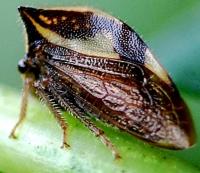 | Photo by: Paul Scharf
Warren Co.
Comment: Spotted on branch |  | Photo by: Ken Childs
Out Of State Co.
Comment: |
 | Photo by: Rob Van Epps
Mecklenburg Co.
Comment: Caught sweeping. Grassy, weedy area near hardwoods. | 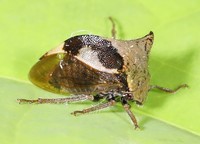 | Photo by: Rob Van Epps
Mecklenburg Co.
Comment: Caught sweeping. Grassy, weedy area near hardwoods. |
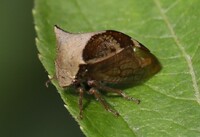 | Photo by: Rob Van Epps
Mecklenburg Co.
Comment: |  | Photo by: Keith Langdon
Swain Co.
Comment: woods edge of alluvial forest |
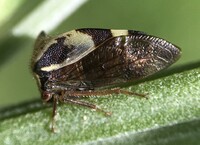 | Photo by: Ted Wilcox
Watauga Co.
Comment: unid_treehopper | 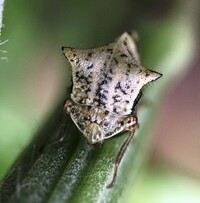 | Photo by: Ted Wilcox
Watauga Co.
Comment: unid_treehopper |
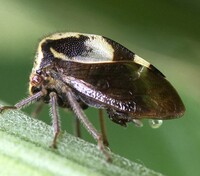 | Photo by: Ted Wilcox
Watauga Co.
Comment: unid_treehopper | 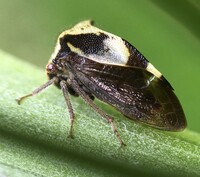 | Photo by: Ted Wilcox
Watauga Co.
Comment: unid_treehopper |
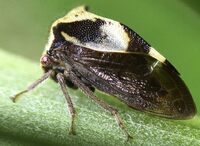 | Photo by: Ted Wilcox
Watauga Co.
Comment: | 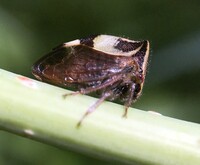 | Photo by: Ted Wilcox
Watauga Co.
Comment: unid_treehopper |
|

 »
»
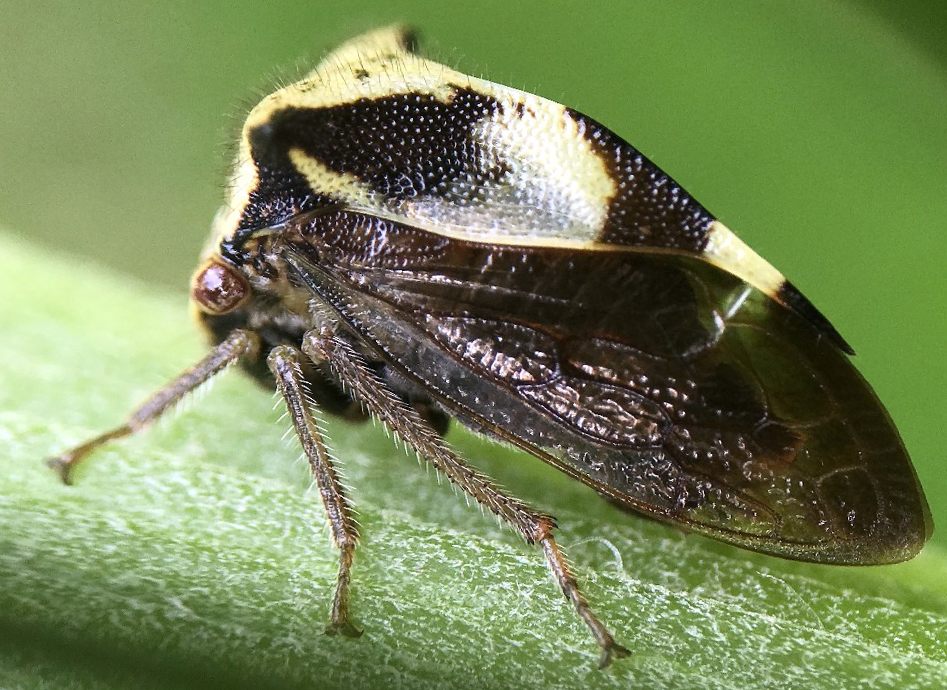

 »
»
